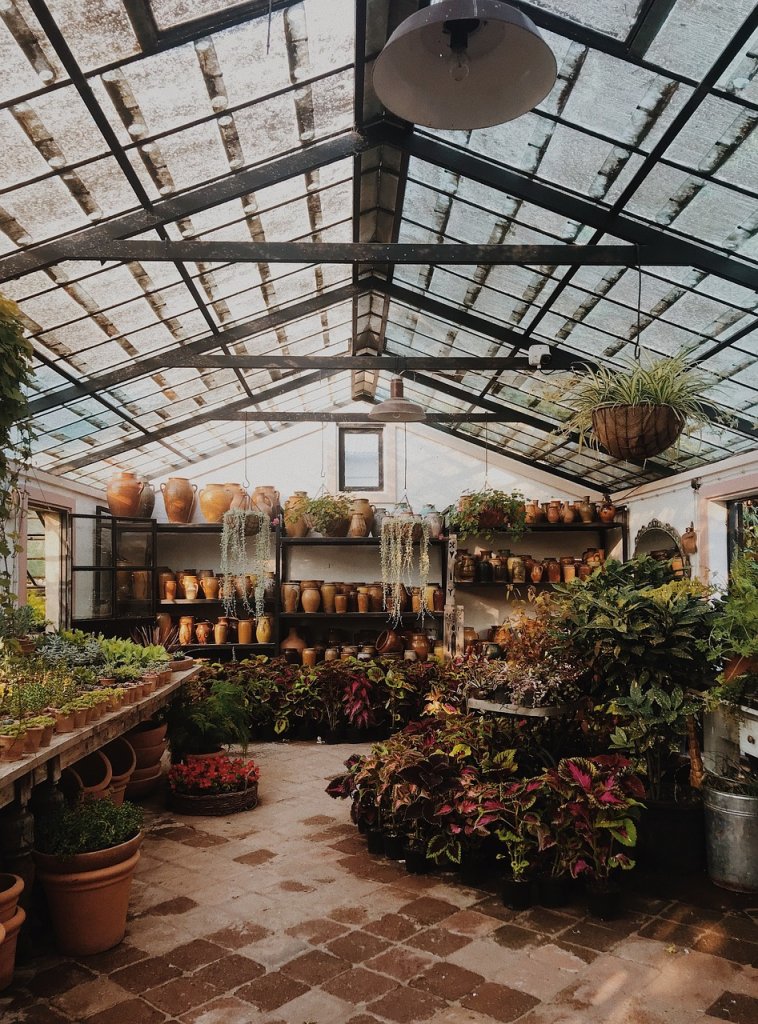Having a greenhouse is fantastic because farmers can continue growing food and products all year. But when winter comes along, it doesn’t always mean crops are fully protected. Winterizing your greenhouse for heat retention is critical to keeping your harvest healthy to prevent product and sales from going bad.
Not only is it important for your crop, but from an economic viewpoint, you don’t want to waste money. Trying to heat a larger greenhouse is hard enough. But where there are leaks it becomes a lost cause. That’s why following these tips on making your greenhouse bulletproof for the winter is important to check out!
Ideal Temperature for a Greenhouse
Knowing what temperature to keep a greenhouse in both the winter and summer can be the difference between a year of profit and a year of losses.
However, winter becomes a little more difficult to keep the hot air in and the cold out. Farmers generally want their daytime temperature to be between 65 and 75 degrees Fahrenheit in the day and minimally 45 degrees Fahrenheit at night.
Insulating Your Space
The best thing you can do to winterize your greenhouse is to make sure your space is well insulated. Because it’s typically glass to let light in, it also lets the cold in. The first step is always to fill in any missing gaps.
- Check the doors to ensure the seals are tight and snug, not letting cold air through the bottom.
- Fix any broken window panes where cold air may slip through cracks. It is not as big of a deal in the summer as it is in the winter.
- Block your draughts that would normally let in the fresh air. ‘
Key Ways To Insulate
You can provide an extra layer of warmth to your greenhouse in several ways. Sometimes bubble wrap is a great option because of its low price. It also is thick and creates a tough barrier for the cold to get through.
Shade blankets that you may use in the summer to protect your plants from too much heat don’t have to be put away for the winter. You can keep them on your roof to insulate the lining. Anything that helps create an extra layer and warm the glass is a great idea!
Keep in mind when you use things that block or limit the amount of light in, you will need to find this source elsewhere.
Store Heat On The Inside
Learning how to lower heating costs and store heat on the inside is an excellent option. The more you fill the room with objects that are great at absorbing the heat, the better chances you have at lowering your bill.
Planters are one way to do this. Big planters that are filled with soil trap heat well. Another avenue is to use big water jugs and fill them with water. Both act similarly in trapping heat.
But you can also use plastic to individually protect plants with roots in the soil. They are more susceptible to their roots freezing. Cut water bottles in half and gently place the half oval over them to insulate them individually.
Using Technology
Part of the shift in approaching farming and gardening is to acknowledge the new food technology offering food growing options like hydroponics that allows you to move gardening indoors with a little more efficiency that is also independent of climate change and other external factors. Combining food science and technology can eliminate the risk of diseased plants and turn out better crops.
You also eliminate the risk of your plants going cold in the winter. However, you still need to keep conditions warm enough with heating and lighting for them to grow correctly. With systems in place to handle it, managing your crops suddenly becomes much more accessible.
Heating
We mentioned that big planters and water jugs can help keep heat in your greenhouse. You can also use technology to heat your greenhouse. You can use solar panels to power your heat. Working with renewable energy is great for the environment.
You can also either provide heating through hot water plumbing or ground to air heating. Both require pipework below the greenhouse and a source of power. For water, you can work with compost heaps or refer back to solar panels. A traditional water heater will do if neither seems like a viable solution.
Taking Extra Steps
Greenhouses allow us to control our environments during colder seasons for gardening. However, that doesn’t mean that a greenhouse can go as it is in the summer for the winter. Many preparations need to be made to ensure the greenhouse is winterized.
Starting with the greenhouse itself, ensure that there are no leaky areas. This includes doors, corners, and any cracked panels. Then you can double up on coating the ceiling and sides as long as you provide some light to
That’s where farmers and gardeners can take advantage of food technology. Lighting, heating, and different growing systems make growing crops in the winter easier and provide efficiency.

